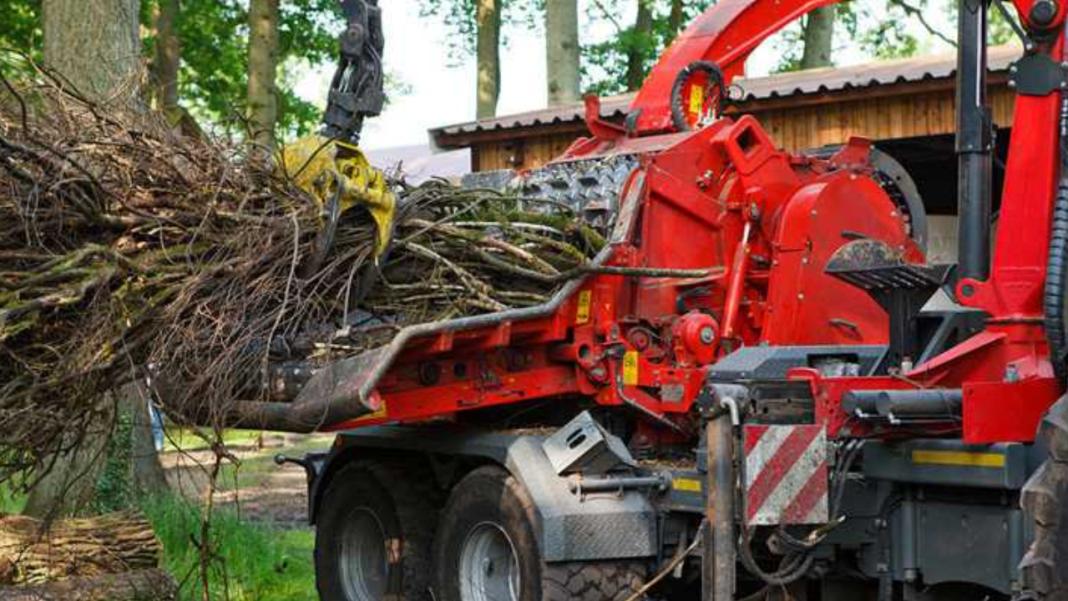Wood chipper blades, additionally called wood chipper knives or teeth, are essential additives inside the wooden processing enterprise, designed to cut and chip wood into smaller, more practicable pieces. These blades are normally employed in wood chippers used for breaking down tree trunks, branches, and different woody substances. The performance and effectiveness of wood chippers heavily depend on the quality and performance of those blades.
Crafted from materials like high-carbon metallic, alloy metallic, or device metallic, these blades are engineered for durability and long service life. Precision in manufacturing and customization alternatives further enhances their compatibility with various wooden chipper manufacturers and models here at JYF, we have a variety of equipment. Jinyufeng Equipment concentrates on producing those vital components, supplying tailor-made solutions to fulfill specific operational needs.
The Key Characteristics of Wood Chipper Blades
This text delves into the vital features that outline incredible wooden chipper blades.
High Wear Resistance
One of the most crucial characteristics of wood chipper blades is their high wear resistance. These blades are subjected to non-stop contact with difficult and abrasive materials, together with tree trunks, branches, and every so often even dust and small stones. Excessive wear resistance ensures that the blades can stand up to this steady abrasion without losing their sharpness quickly. This is typically finished by using high-carbon steel or alloy steel materials that are, in particular, handled to enhance their hardness and sturdiness.
Durability and Toughness
In addition to resistance, sturdiness is another important feature. Sturdiness refers back to the blade’s capacity to absorb and resist fracturing or chipping under excessive stress. That is particularly important as wooden chippers frequently encounter knots, twisted fibers, and other irregularities within the wood. A blade that lacks longevity might smash or develop cracks, leading to frequent replacements and expanded operational fees.
Sharpness and Cutting Efficiency
The sharpness of wooden chipper blades is immediately related to their cutting performance. A sharper blade reduces the energy required to chip wood and ensures purifier cuts, resulting in greater uniformity in wooden chips. Tremendous blades hold their sharp edge for prolonged intervals, decreasing the frequency of polishing and downtime. Manufacturers often use precision grinding and honing strategies to attain and maintain the most effective sharpness of those blades.
Corrosion Resistance
Corrosion can occur even though wood chippers typically operate outdoors, where they are subjected to moisture and a variety of climate conditions. Because they are much less susceptible to rust and degradation, corrosion-resistant blades have a longer lifespan. Stainless steel or blades covered with shielding layers along with chromium or nickel plating are normally used to enhance corrosion resistance.
Compatibility and Customization
Wood chipper blades have to be well matched with the specific fashions and types of wood chippers they’re supposed for. This indicates they need to be designed to fit securely and feature effectively in the machine’s mechanisms. Customization alternatives are also critical, as distinctive wooden chipping operations may additionally have specific necessities. For instance, certain varieties of wood or particular give-up products may additionally necessitate blades with specific angles, lengths, or part geometries.
Ease of maintenance And Replacement
Maintenance and replacement are inevitable aspects of the use of wood chipper blades. Consequently, ease of renovation and substitution is a sizeable feature. Blades designed for smooth elimination and setup can notably lessen downtime and labor charges. Additionally, some blades are designed to be reversible, meaning they can be flipped and used on the opposite aspect once one area becomes dull, efficiently doubling their lifespan.
Heat Treatment Process
Heat treatment methods are crucial for boosting the mechanical properties of wood chipper blades. Quenching and tempering are generally typical systems used to expand the hardness and solidity of the sharp edges. Quenching involves cooling the blade in water or oil after it’s heated to a high temperature. This technique will increase the blade’s hardness. Tempering follows, where the blade is reheated to a lower temperature, after which it slowly cools. This reduces brittleness and complements sturdiness.
Conclusion
Wood chipper blades are imperative to the performance and effectiveness of wooden chipping operations. High wear resistance, longevity, sharpness, corrosion resistance, compatibility, and ease of upkeep are some key characteristics defining first-rate wood chipper blades. By understanding and prioritizing these characteristics, manufacturers, and users can ensure their wood-chipping device’s most reliable overall performance, toughness, and cost-effectiveness.










